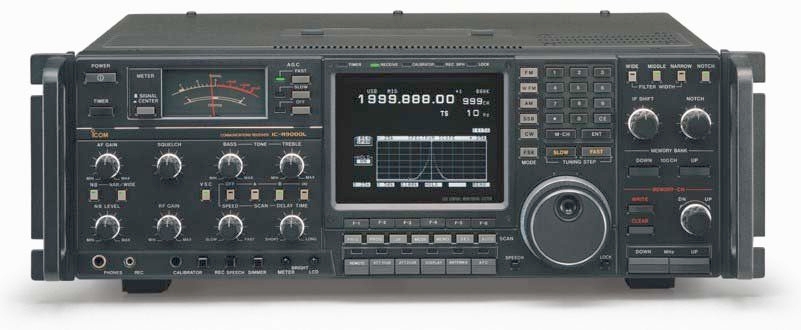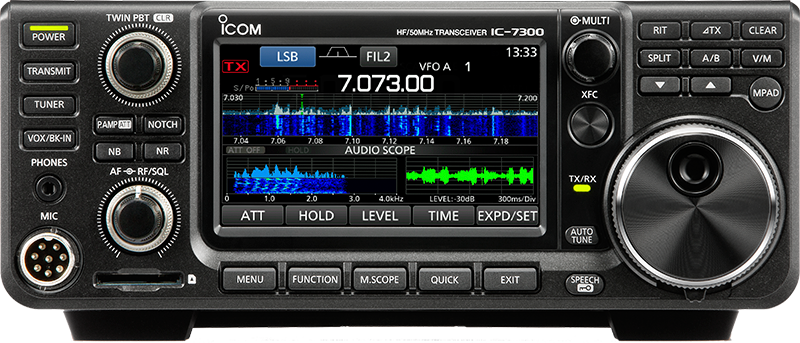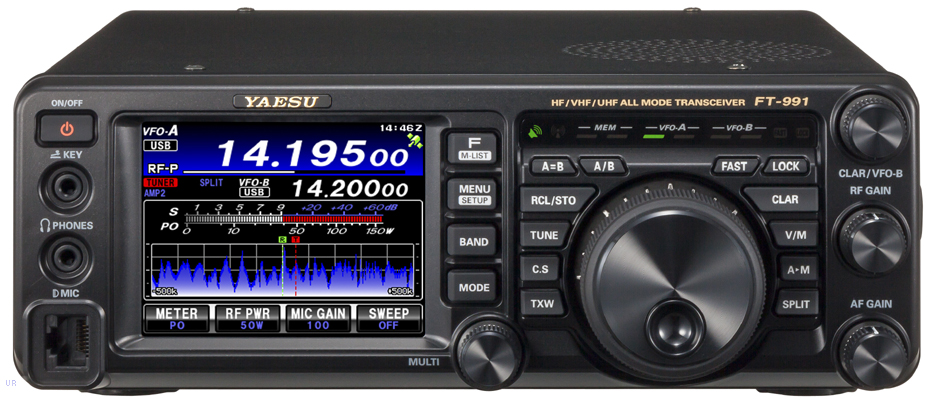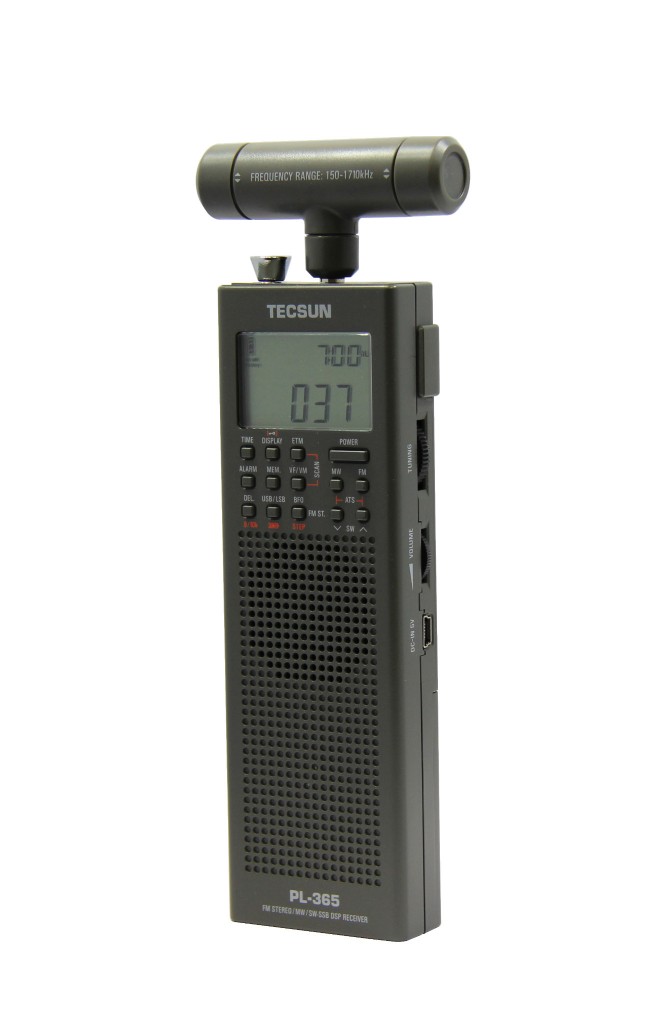Paul VK2ICQ writes:
I was saddened to hear that ground-breaking comedian and actor Garry Shandling died aged 66 on March 24th. I wrote a little goodbye on Facebook to the man who changed Sitcoms forever – but what I didn’t know at the time was that Garry was a Ham. The ARRL published the following news article on the 25th:
 Comedian, actor, and TV personality Garry Shandling, ex-KD6OY, died March 24 after suffering an apparent heart attack in Los Angeles. He was 66. Shandling became a ham as a teenager in the 1960s, long before he entered show business.
Comedian, actor, and TV personality Garry Shandling, ex-KD6OY, died March 24 after suffering an apparent heart attack in Los Angeles. He was 66. Shandling became a ham as a teenager in the 1960s, long before he entered show business.
“When I was 13 I had a ham radio set (true!), so I could sit in my room and talk to people the world-over. Geeky? Or just ahead of my time!!?” Shandling had tweeted in May 2011.
Shandling grew up in Arizona and majored in electrical engineering at the University of Arizona. But went on to earn a degree in marketing and complete some post-graduate work in creative writing. He worked in marketing for a time, but a script he wrote for “Sanford and Son” turned into his first big break into entertainment.
His most-recent Amateur Radio license — issued to him under a pseudonym, Dave Waddell — expired in August 2009. The call sign was KQ6KA. Shandling obtained the call sign under an assumed name, so that he could get on the air without anyone recognizing him as a celebrity. Shandling had held an Advanced class license. Prior to that, he held KD6OY under his real name, as well as WA7BKG, which may have been his first call sign while he was living in Arizona.
He had an alter-ego on television as well. On “It’s Garry Shandling’s Show,” he played a comedian much like himself. “The Larry Sanders Show” followed, and in that popular HBO series, he played a late-night talk show host, sometimes parodying or spoofing the real late-night talk shows and their hosts. Shandling was a frequent fill in for Johnny Carson, and at one time he was considered as Carson’s possible successor on “The Tonight Show”.
Shandling won five Emmy Awards — three for “The Larry Sanders Show” — as well as other awards for his writing and comedy performances. As a writer, he may be best known for his work on episodes of “Sanford and Son,” “Welcome Back, Kotter,” and “The Harvey Korman Show.” He won two Peabody Awards. He also appeared in a variety of movies, including “Iron Man 2.”
Watch Garry Shandling and Jerry Seinfeld together in “Comedians in Cars Getting Coffee” here. No flipping. 😀




